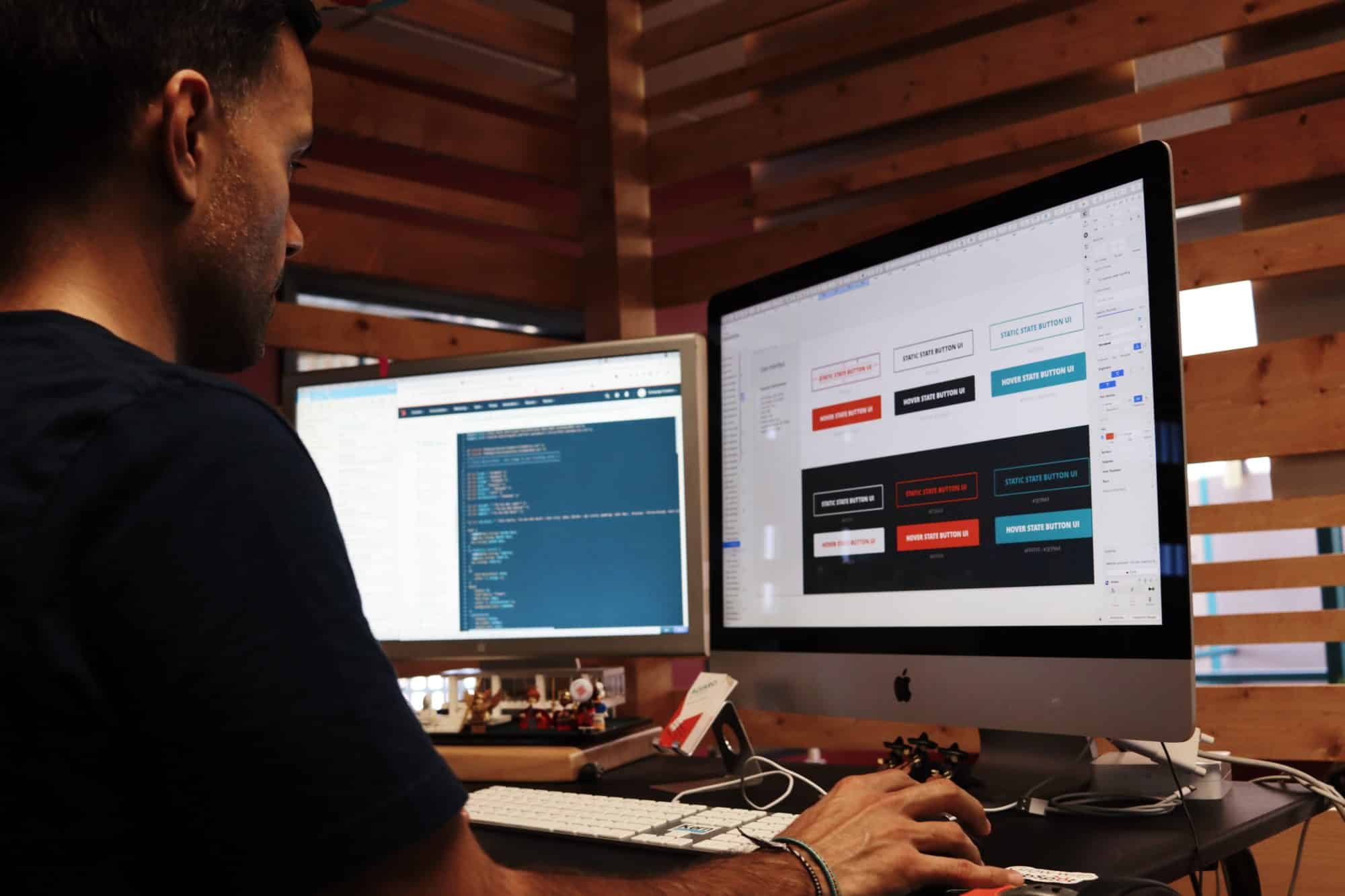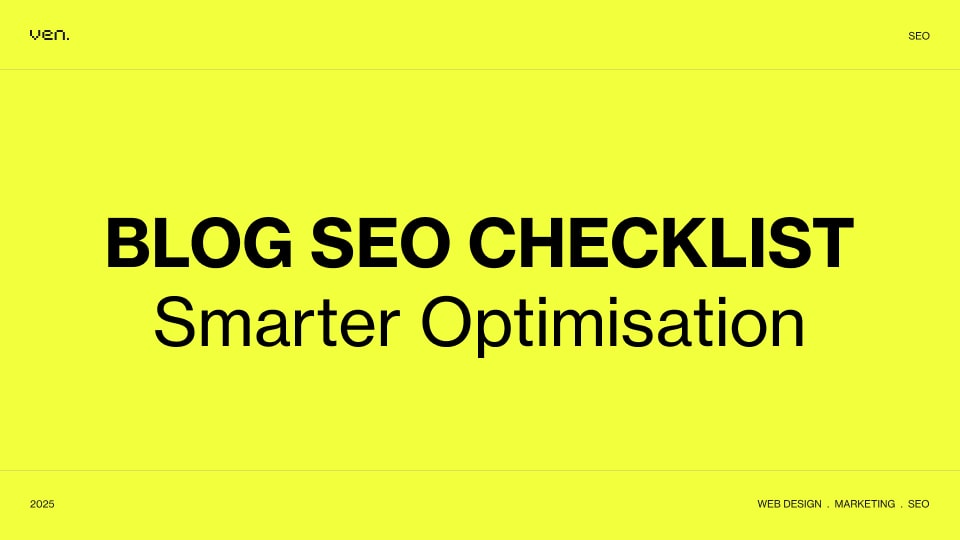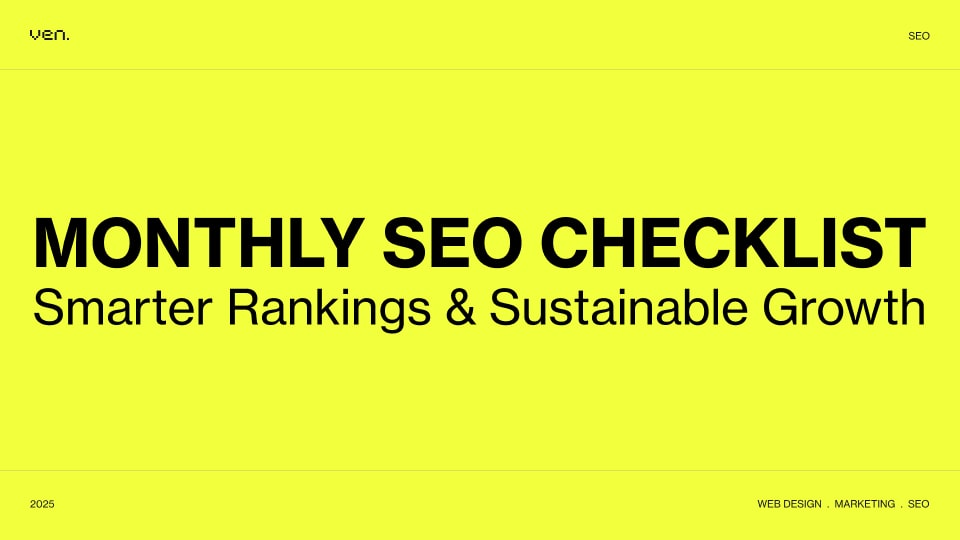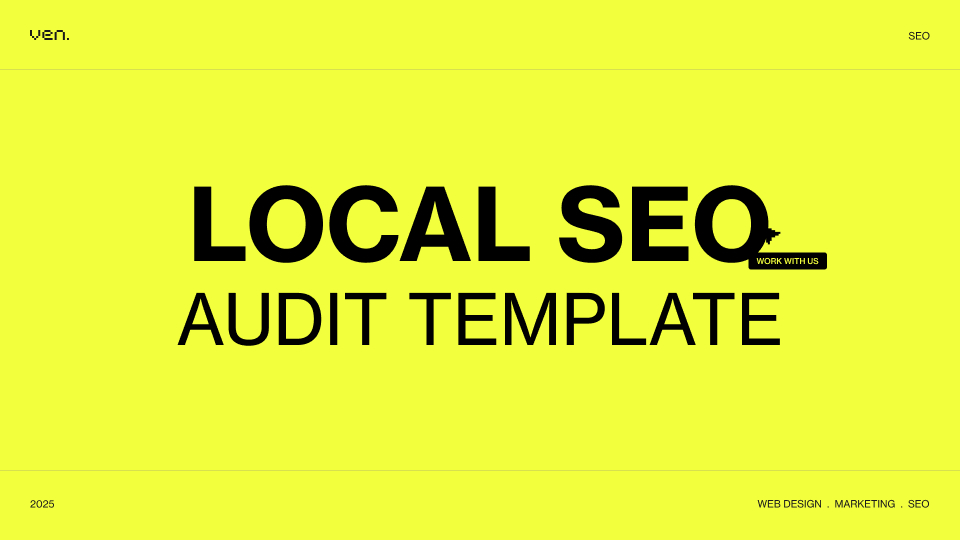The first step in the website building process
When it comes to creating a brand new website, web design is the first step to getting the project off the ground.
It’s where the initial idea comes together in a visual conceptualisation of the goals and offerings of your business.
Although web design doesn’t involve any coding language, it does take into consideration site functionality and user experience.
5 key elements of web design
1. Graphics
Web graphics include everything from logos, icons and images to maps, patterns and shapes.
It is important with graphics to consider the user experience – if the graphics are packed too tight and displayed in a disorderly fashion, it could lead to slower loading times or user overwhelm.
2. Layout
Without a layout, there would be anarchy! The layout refers to the positioning of the elements featured on each page.
A page’s layout will vary depending on its purpose and the information it contains. An About page will usually have a different layout to that of a Home page or a Contact page.
3. Fonts
Web-safe fonts are a group of fonts that web browsers are able to read and display (there are some that they can’t). When designing your site, it’s imperative that you only use web-safe fonts.
Whichever font you choose, it should always be easy to read. If your font isn’t easily legible, visitors to your site will click away quick-smart.
4. Colour
Colour psychology might sound a little hippie-ish, but it’s a real thing! It refers to the capacity colours have to elicit different reactions from your audience.
Your colour choice will vary depending on your target clientele and the message you want your business to send.
Every colour draws out different emotions. For example, where black is aligned with style and elegance, blue elicits a feeling of trust, loyalty and confidence.
5. Content
Written content includes anything with text – that means headings, subheadings, blogs, blurbs, quotes etc.
A website is nothing without its content. While the design only requires dummy text, it is your job to ensure that any content on your site is easy to read, engaging and SEO-friendly.
Web design is where your idea becomes a reality
Just like a writer puts their ideas down on paper, so does your web designer. They take your concept and create a look and feel that tells your story, often in a way that you couldn’t have imagined.
With a professional, talented web designer on hand to help conceptualise your business’ website, you can rest easy knowing that your project is in creative, competent hands.




